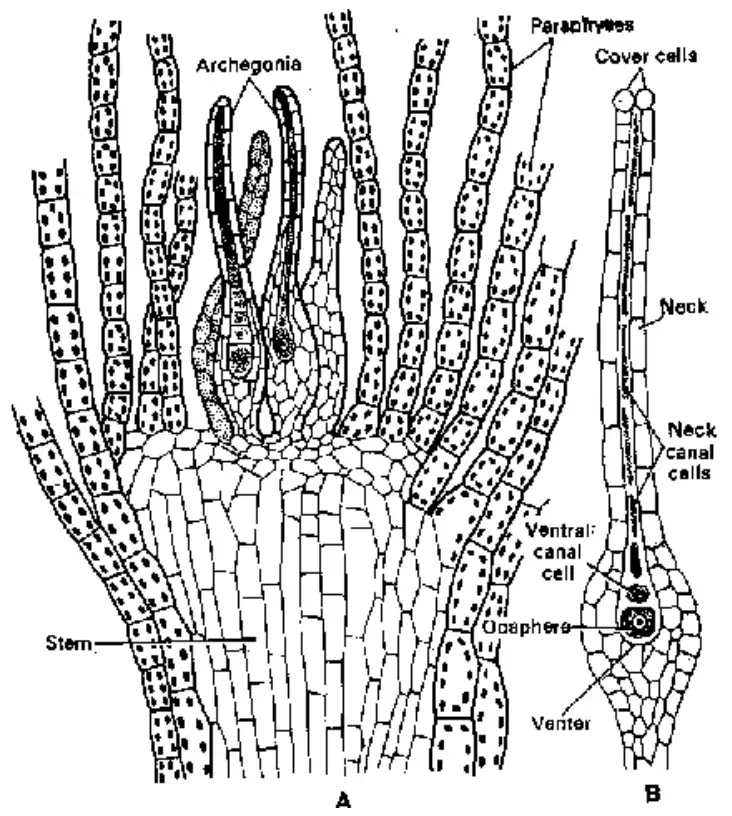
plant-kingdom11.png from: https://www.pw.live/chapter-plant-kingdom-class-11/funaria
Introduction
In the vast and captivating world of bryophytes, one particular moss species stands out for its resilience and ubiquity – the Funaria porteri Thér., commonly known as Funaria. This unassuming yet remarkable member of the Funariaceae family has captured the hearts of moss enthusiasts worldwide, offering a fascinating glimpse into the intricate tapestry of nature’s smallest wonders.
Background
Before delving into the intricacies of Funaria porteri Thér., it’s essential to understand the broader context of bryophytes. These non-vascular plants, which include mosses, liverworts, and hornworts, are among the oldest lineages of land plants, dating back over 400 million years. Despite their diminutive stature, bryophytes play a crucial role in various ecosystems, acting as pioneers in colonizing disturbed areas and contributing to soil formation and moisture retention.
Main Content
Morphology and Identification
Funaria porteri Thér. is a small, acrocarpous moss that forms dense, cushion-like tufts or mats. Its slender stems, typically reaching a height of 1-3 centimeters, are adorned with delicate, lance-shaped leaves that spiral around the stem. One of the most distinctive features of this moss is its sporophyte, which consists of a curved, pear-shaped capsule atop a reddish-brown seta (stalk). This capsule, when mature, is capped by a curved, oblique lid known as the operculum, revealing a ring of teeth-like structures called the peristome.
Global Distribution and Habitat
Funaria porteri Thér. is a cosmopolitan species, found on every continent except Antarctica. Its remarkable ability to colonize disturbed and nutrient-rich habitats, such as gardens, lawns, and cultivated fields, has earned it the nickname “the moss of civilization.” This moss thrives in a wide range of environments, from urban areas to forests, and even in the crevices of rocks and walls, showcasing its adaptability and resilience.
Ecological Roles and Adaptations
Despite its small size, Funaria porteri Thér. plays a vital role in various ecosystems. As a pioneer species, it is often one of the first plants to colonize disturbed areas, helping to stabilize the soil and pave the way for other plant species to establish themselves. Additionally, its dense mats provide a microhabitat for a diverse array of microscopic organisms, contributing to the overall biodiversity of the ecosystem.
One of the key adaptations that enable Funaria porteri Thér. to thrive in such a wide range of habitats is its ability to reproduce both sexually and asexually. The curved capsules and peristome teeth facilitate the dispersal of spores, allowing for sexual reproduction and the establishment of new populations. Simultaneously, the moss can also propagate through fragmentation, with small pieces of the plant capable of developing into new individuals.
Case Studies/Examples
Funaria porteri Thér. has been the subject of numerous scientific studies, shedding light on its unique characteristics and ecological significance. For instance, researchers have investigated the moss’s ability to accumulate heavy metals, making it a potential biomonitor for environmental pollution. Additionally, its resilience and rapid colonization abilities have made it a valuable model organism for studying plant succession and ecosystem recovery after disturbances.
Technical Table
| Characteristic | Description |
|---|---|
| Phylum | Bryophyta |
| Class | Bryopsida |
| Order | Funariales |
| Family | Funariaceae |
| Genus | Funaria |
| Species | Funaria porteri Thér. |
| Common Name | Funaria, Cord Moss |
| Growth Form | Acrocarpous, cushion-like tufts or mats |
| Leaf Shape | Lance-shaped, spirally arranged |
| Sporophyte | Curved, pear-shaped capsule on a reddish-brown seta |
| Operculum | Curved, oblique lid |
| Peristome | Ring of teeth-like structures |
| Reproduction | Sexual (spores) and asexual (fragmentation) |
Conclusion
Funaria porteri Thér., the unassuming yet resilient moss of the Funariaceae family, has proven itself to be a true marvel of nature. Its ability to colonize diverse habitats, its unique morphological features, and its ecological significance make it a fascinating subject of study for moss enthusiasts and scientists alike. As we continue to explore the intricate world of bryophytes, Funaria porteri Thér. serves as a reminder of the incredible diversity and adaptability that can be found in even the smallest of organisms. Perhaps the next time you encounter a patch of this unassuming moss, you’ll pause to appreciate the remarkable journey it has undertaken, spanning millions of years and countless ecosystems.